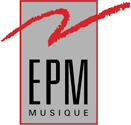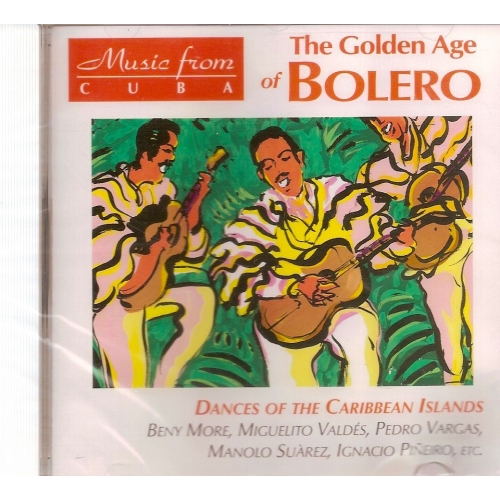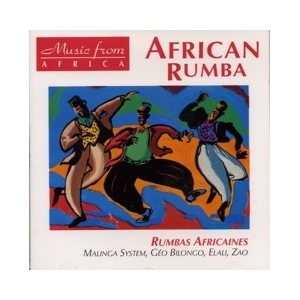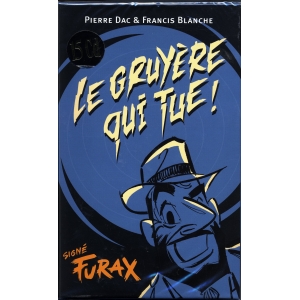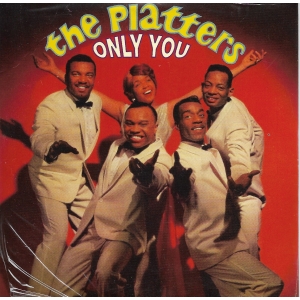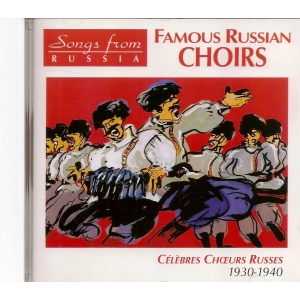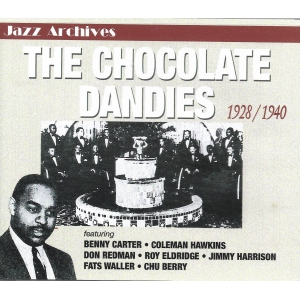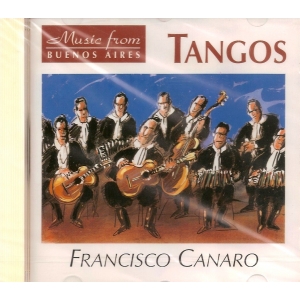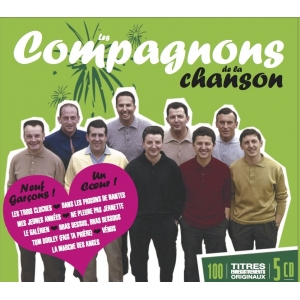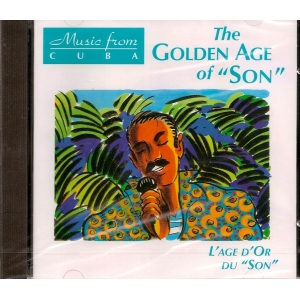CUBA / BOLERO
1 CD réédition
VOUS RECEVREZ UN BON D'ACHAT 10% À PARTIR DE 40 € DE COMMANDE
L'AGE D'OR DU BOLERO
Avec Beny More, Miguelito Valdes, Pedro Vargas, Manolo Suares, Ignacio Pineiro...
Amor fugaz
A media noche
Como puedes pensar
Por una madre
No hay nadie como tu
Letargo
Oiga mi precon
Mi deuda di amor
Asi vivire
En la frontera de Mexico
Naufragio
Desconfianza de amor
No puedo
Lejos que tu querer
De que te vale
Nome persigas
Tu si eres buena
No me perturbes
Lo que es amar
Havane, 1920, un nouveau rythme enivre les danseurs. Les pieds glissent, s'entrecoupent, frappent la mesure (binaire, tertiaire, ou quartenaire), comme pris dans un tourbillon de cuivres. Le boléro est né. Il vient de loin, d'une danse espagnole. Il se répand dans toute l'Amérique Centrale et se laisse envelopper par les influences musicales des pays qu'il traverse.
Plus tard, Manolo Suarez quitte le Havana Riverside pour le Cuarteto Caney (il y remplace l'excellent chanteur portoricain Johnny Lopez).Un autre chanteur, Daniel Sanchez vient rejoindre le Cuarteto Caney. C'est lui, qui quelques années plus tard, devient une star dans une autre formation, celle de Antonio Machin.Antonio Machin est l'idole des filles de son quartier. Aux plus belles, il offre toujours une petite sérénade… Quand il arrive en Europe en 1934, en quelques mois, il devient aussi la coqueluche de la Coupole à Montparnasse.Dans le boléro, les musiciens sont aussi des stars, comme en témoigne Igancio Pineira : contrebassiste, compositeur, et directeur de son orchestre le Septeto Nacional.Enfant, il assimile et reste très influencé par les chants et les cadences des Cabildos : des esclaves qui, lors de l'Epiphanie, se paraient de masques et de tenues typiques, portaient des lanternes, dansaient, et chantaient en distribuant leurs cadeaux du nouvel an.Le boléro cubain -dont il est question ici- fait partie de toute une famille de rythmes appelée communément "salsa". Salsa, en espagnol, c'est le piquant, "Tiene salsa!" signifie : une fille ou un gars qui a du sex appeal! Philippe Zani L'AGE D'OR DU BOLEROTHE BOLERO'S GOLDEN AGE Havana, 1920. A new rhythm was exhilarating dancers. Feet slid, crossed each other, beat duple, triple, quadruple time, as if caught in a whirlwind of brass instrument music. The bolero was born. Originating from a distant Spanish dance, it spread all over Central America, influenced by the various rhythms of the countries it wafted through.The bolero was first adopted bytrovadores (singers accompanying themselves on the guitar to a syncopated beat called the rayado). Eventually it was appropriated by quartets : a trumpet, two guitars, percussion instrument (claves, bongo, maracas). In the forties, big bands (up to forty musicians playing clarinets, basses, saxophones, trombones, the piano) gave the bolero its true dimensions. Yet the bolero remains a "love-song", sung solo or as a duo.Singer Beny Moré's band, known as "El barbaro del ritmo" is the most popular bolero group. Beny Moré performs his orchestrations and sings intuitively, improvising around the theme with his giant band. Charming and unpredictable, this descendant of slaves has stuck to the cult of African ancestral deities. When on stage, he calls out to his musicians to buck them up and punctuates his songs with gesticulations and shouts.The bolero's other giant's name is Miguelito Valdés. An extrovert former boxer with fire in his heart, he tackles a song as if he was going into the ring. A tall, well-built man, his black hair plastered over the back of his head, frowning in concentration, his hand beating his conga drum slung over his shoulder, he is the "Magnificent".His musician's bodies and his own roll to the rhythm of his verses. He croons : "Si! un bolero, si! una cancion de amor!"Though a Caucasian, he pays homage to Cuba's black culture. His cult musicians are those of the Casino de la Playa group, of Machito & his Afro-Cubans' band (with whom he records Letargo) and, lastly, of the Havana Riverside with whom Manolo Suarez also sang regularly.Eventually, Manolo Suarez left The Havana Riverside for the Cuarteto Caney in which he replaced Johnny Lopez, an excellent Puerto Rican singer. Another singer, Daniel Sanchez, also joined the Cuarteto Caney, before becoming a star in Antonio Machin's band. Antonio Machin is the darling of the girls of his neighborhood. He always serenades the prettiest of them. When he arrived in Europe in 1934, he also became the idol of Montparnasse's Coupole within a few months. In the Bolero, the musicians are also stars, as is shown by Igancio Pineira, bass player, composer, and leader of his Septeto Nacional.As a child he was immersed in, and remained influenced by, the rhythms of the.Cabildos. At Epiphany, these slaves wore masks and typical trappings, carrying lanterns, dancing and singing while distributing New Year presents.The Cuban bolero is part and parcel of a set of rhythms known as the "salsa". Salsa, in Spanish, is spiciness " "Tiene salsa!" means that a girl or a boy is sexy.Philippe Zani
